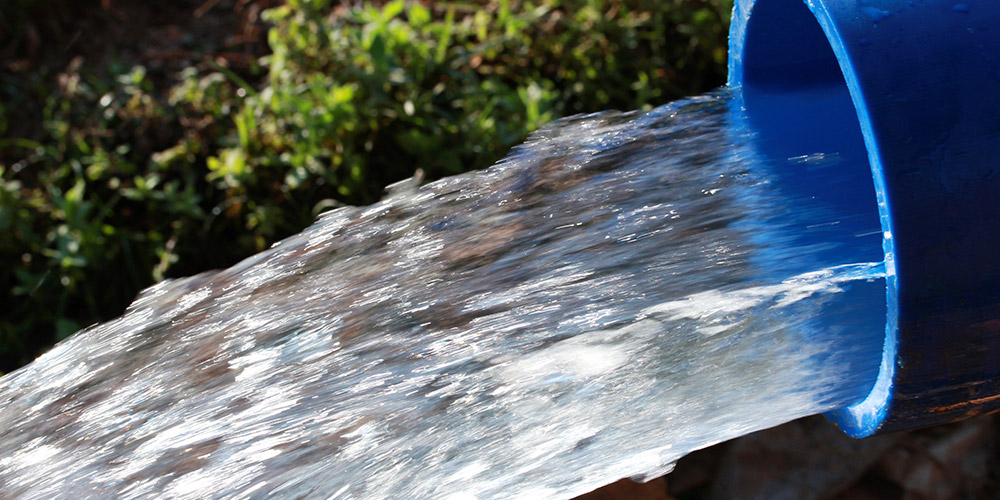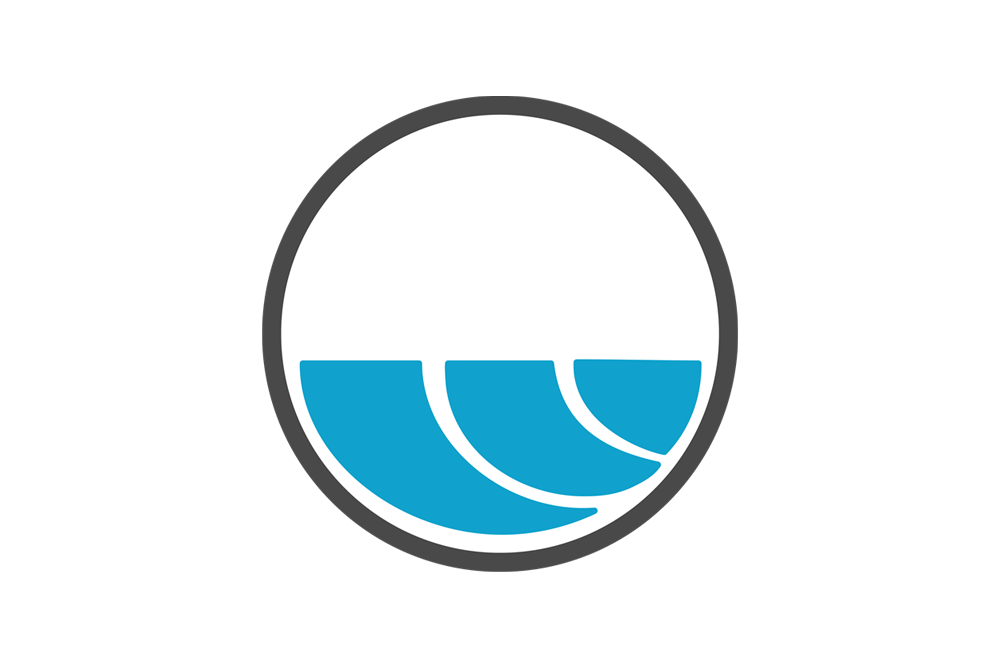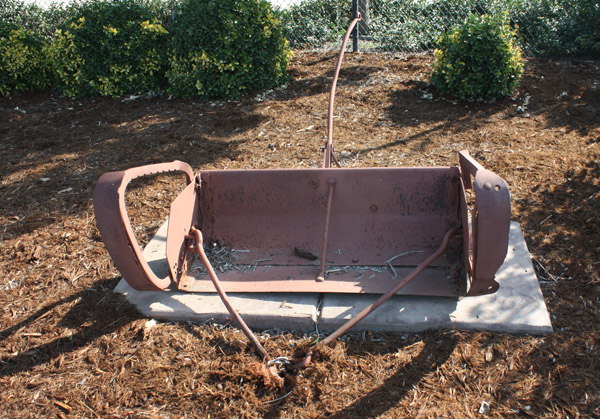The Tulare Irrigation District board of directors held its Tuesday, August 8, 2017 meeting at its headquarters west of Tulare. I often get used to being the only member of the public to attend most of the meetings I go to. Today I had to share things with – well, not really members of the public – Jason Phillips, CEO of Friant Water Authority and Joe Mastro, CPA of the audit. So, there’s that and it should be interesting. Chairman David Bixler called the meeting at 9:00am. Originally the meeting was going to start in closed session and but as things go right after the minutes were approved Mastro gave his presentation. I believe I’ve sat through at least a dozen audit reports given by Mastro. I like his style. He speaks clearly and I’m very grateful he doesn’t dive too deeply into the minutia of public agency accounting. Since audits are relatively complicated procedures and while they do share many things in common they also contain many things specific to the entity being audited long time readers will note they don’t receive a great deal of coverage. They are public documents and available for those interested in more detail. If an audit ever proves to show problems or the board should reject the report I’ll you know. In this case TID is doing fine.
Superintendent Wayne Fox gave a report saying now that the big rush for capturing flood flows there has been time to get set up for maintenance. The crew hauled 15 loads of trash to the dump. Getting the ditches and canals cleared of weeds is the big push. There is still some dirt being moved from one of the basins and a contractor is paying TID for the privilege. Fox told the board he has a 1995 Chevy diesel that is out of compliance with the Smog Nazi’s and he wants to replace it. Director Dave Martin must be on the equipment procurement committee as he listed several options that included getting rid of the diesel but take the flat bed off of it and move it to another truck. Then buy a new truck to use as a tool truck. The district is trying to get shed of any of its midsize diesel fleet as they no longer meet compliance under the Regional Air Quality Control Board.* The board agreed.
Next Phillips spoke about Friant’s priorities. He started with the capacity restrictions on the canal due to subsidence. Of course, when you have a gravity fed canal slump two feet in the middle you have problems. Phillips also said Friant’s COO Doug DeFlitch wanted to let the TID board and staff he was thankful for their help in managing the flows. To fix the entire FCK would be in the $400 million range but there is some money available to deal with the worst of the subsidence problems. Phillips said the US Bureau of Reclamation’s David Murillo is aware of the need and there could be drought money available to work on this problem. There are water bonds for the new election cycle. Historically, California’s water bonds have been misnamed – they are pork for parks, recreation and enviro wish lists. However, a man named Jerry Meral has a bond proposition filed that would provide $8 billion. Part of the money would go to restoring capacity to the Central Valley Project’s Friant Division. I believe he said $700 million. There are many other benefits in this bond that actually helps get water. There are individuals and organizations lining up in support who also support farmers getting water. How about that?
The above mentioned bond doesn’t have money for the proposed dam at Temperance Flat on the San Joaquin River. A Joint Powers Authority has been formed to promote Temp Flat and apply for a Prop One grant. Friant has not been a part of this so far. Had Temp Flat been up this year it could have filled up 1.2 million a/f and still spilled. Friant wants to make sure its interests are protected. Phillips said there is work underway to form a new JPA that will allow for storage to be purchased. I believe Pine Flat Lake and Dam are operated in a similar way on the Kings River. While Friant contractors would be first in line to make investments on storage space. This could also be a good deal for the white areas in the Valley. It is expected to be an expensive deal. Shares in the project could be sold to folks on the Valley’s west side. Friant must have the right to reject state and federal money because the strings attached from government involvement are often far too onerous. The dam would be owned by the JPA entity of investors but the water rights would remain the same.
HR 23 is legislation on the San Joaquin River restoration. It has passed the House and Friant believes it can help things. It will modify the SJR settlement act without changing the fact there is an act. The third parties, primarily the Exchange Contractors, have a list of things that have impacted them negatively and provides protection against these things. It would also separate further regulation from the restoration. In other words, if regulations took more Friant water than the restoration that would have to count toward restoration. Phillips said Senator Diane Feinstein has sent out a notice from her committee full of frustration over the hundreds of millions of dollars spent without any good results. That committee wants something new in place by the end of the year. The SJR restoration program to bring back salmon runs where none now exist will cost billions of dollars and even then there doesn’t appear to be success in the future. That was the main portion of Phillip’s talk.
Martin showed everyone a copy of Irrigation Leader magazine and asked if they had read what some of the other states are doing to help agriculture. His comment was in California you can’t even mention the word ag. He pointed out the need to ask, “What would Jesus do?” Martin was referring to Jesus Reyes from the El Paso Irrigation District in Texas. Evidently an article in the magazine shows what Reyes has been able to accomplish that could work here in the Valley.
Next Water Master Marco Crenshaw gave his report saying the on-farm recharge diversions ended in July. The Kaweah River flood flows ended late June. Part of what happened was irrigation demands increased and demand went up. Recharge has been good in TID this year. The Kaweah had almost one million a/f in runoff and between it and Friant water the district was able to divert 320,000 a/f so far this year. Electrical power generation has also been good this year. General Manager Paul Hendrix said Delano Earlimart ID has several thousand feet of water it is trying to find a home for. He thinks since it’s wet year, Class I going for $40 per a/f. He said they district has made some money from sales and could afford to either buy it and use it or put it in carry-over or use it for a winter run. The price could go down even further. This could also help extend the current run past September depending on how much of a Class II develops.
Controller Kathi Artis gave the treasurer’s report and sure enough TID was able to make some good water sales. The year to date revenue is more than $6 million. After some review and discussion the board approved the report and paid its bills. Artis then delved into the reserve transfers’ needs to get a positive rate stabilization fund. So $1.2 million was transferred to keep that fund on the correct side of the decimal point. Next the headaches of running delinquent notices in compliance with the California Water Code. Each year IDs have to run notices of delinquent bills. At first try the Visalia Times Delta wanted $10,000 to run the ads three weeks. Well that’s just ridiculous unless that’s the only paper adjudicated in the area. By rewording the ads they got the price down to $3,600.
Hendrix gave the Mid Kaweah GSA report and said there will be a meeting later this month to talk over how to get some grant money. Next he asked the board to approve a resolution stating TID’s support for the bond measure proposed by Meral. He listed many of the proposed benefits that will be good for the district. Director Rick Borges moved to support and the board agreed.
The last item before closed session is director reports on the meetings they attended. Director Scott Rogers volunteered to go first and he said he didn’t go to any meetings. Martin went next and said he didn’t go to any meetings that were held in open session. Borges said the Lakeside Water Irrigation District usual runs out of surface supplies much earlier in the year. They got water until sometime towards the end of July or early August, I’m not sure. It was said they are in hog heaven. Borges said half the 16 growers in the Irritated Lands coalition targeted by the Regional Board for not renewing have renewed. He said the State Board fee for the IL has gone up to almost a dollar an acre. It’s like the parking meters in downtown Fresno. The meters bring in just enough money to pay for the direct costs of having parking meters. Do we really need more state employees with better income and benefits packages than the state average? Do we need them joining public employee unions so they can vote for the boss willing to dip deepest into the public trough? I say no. I say put more regulations on government. Do like Texas and make each agency justify its existence every other year. Watch ‘em scurry when the light shines. Anyway, Borges went on to report Friant has accepted Chowchilla WD as a trial member and Kole Upton showed up to a Friant meeting for the first time in years. The NASA flights showed a great deal of snow melt. There will be a NASA team at the next Friant meeting. There was a lot discussion about the current Temp Flat JPA’s Prop One application. Friant was asked to join and there are some troubling believes. Borges said the Temp Flat Chairman is also Tulare County Supervisor Steve Worthley. It was reported Worthley believes any new water created by Temp Flat should go to the white areas. Again, Borges asked why non-paying contractors without conveyance should get that water. Bixler said he went to an ACWA meeting last month and ACWA’s CEO Tim Quinn is undergoing heart surgery this week. Prayer’s to him and his family. Director Mike Thomas said he received word Lindmore ID is looking for a new manager. He said Wutuchumna Water
Company is negotiating with the City of Woodlake over something or other. Portions of Woodlake’s facilities are evidently crap.
The meeting then went into closed session.
DISCLAIMER OF RESPONSIBILITY; Waterwrights.net strives to provide his clients with the most complete, up-to-date, and accurate information available. Nevertheless, Waterwrights.net does not serve as a guarantor of the accuracy or completeness of the information provided, and specifically disclaims any and all responsibility for information that is not accurate, up-to-date, or complete. Waterwrights.net clients therefore rely on the accuracy, completeness and timeliness of information from Waterwrights.net entirely at their own risk. The opinions expressed in this report are those of the author and do not represent any advertisers or third parties.
ALL RIGHTS RESERVED. Copyright 2017 by Don A. Wright No part of this publication may be reproduced, stored in a retrieval system, or transmitted in any form or by any means, electronic, mechanical, photocopying, recording, or otherwise, without the prior written permission of DAW. *Air and water now under government control – what’s next?
TULARE IRRIGATION DISTRICT
6826 Ave 240, Tulare, CA 93274 Office: 559/686-3425
Board: David G. Bixler- President, Richard S. Borges, Jr.-Vice President, Scott Rogers, Dave Martin & Michael Thomas
Staff: Paul Hendrix-General Manager, Kathi Artis–District Controller, Wayne Fox–Superintendent, Marco Crenshaw–District Watermaster, Aaron Fukuda–District Engineer & Alex Peltzer-Attorney.
About: The Tulare Irrigation District was organized September 21, 1889. The original proposal for the formation of an irrigation district covering 219,000 acres, extending from the Sierra Nevada foothills to Tulare Lake, was eventually reduced to 32,500 acres. The District continued in this status until January of 1948 when the so-called Kaweah Lands” (approximately 11,000 acres) were annexed. In October of 1948, approximately 31,000 acres, compromising the area served by the Packwood Canal Company were annexed to the District. A U.S. Bureau of Reclamation contract was signed in 1950 providing an annual supply of 30,000 acre-feet of Class 1 water, and up to 141,000 acre-feet of Class 2 water from the Friant-Kern Canal. The District and the Kaweah Delta Water Conservation District have coordinated efforts to enhance the recharge of groundwater within the Kaweah Basin. During high flow times KDWCD may use the recharge basins with the District for recharge purposes. Further, KDWCD has historically provided for a financial incentive program through which the District sustains the level of groundwater recharge from supply sources into the District. This historical program was recently reinstated by both districts in lieu of the District’s plans to concrete-line this canal to conserve the surface water. TID is a member of the Mid Kaweah GSA.






























